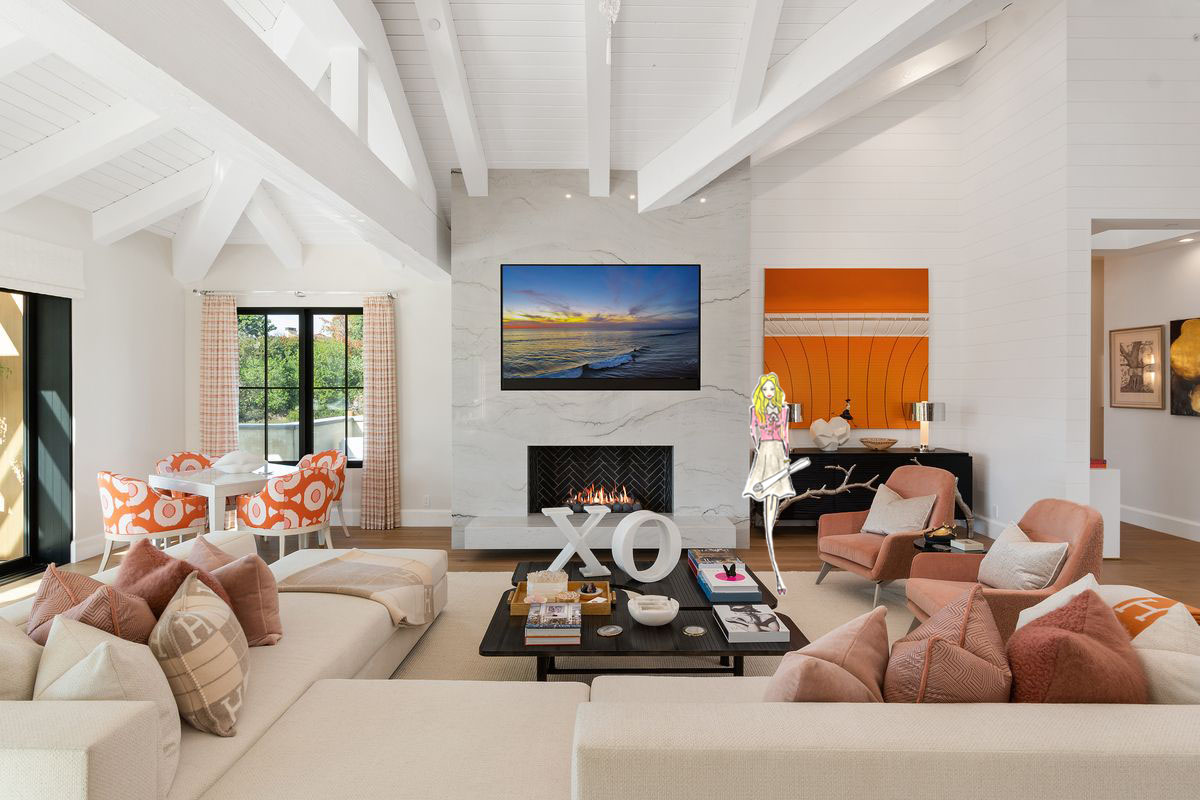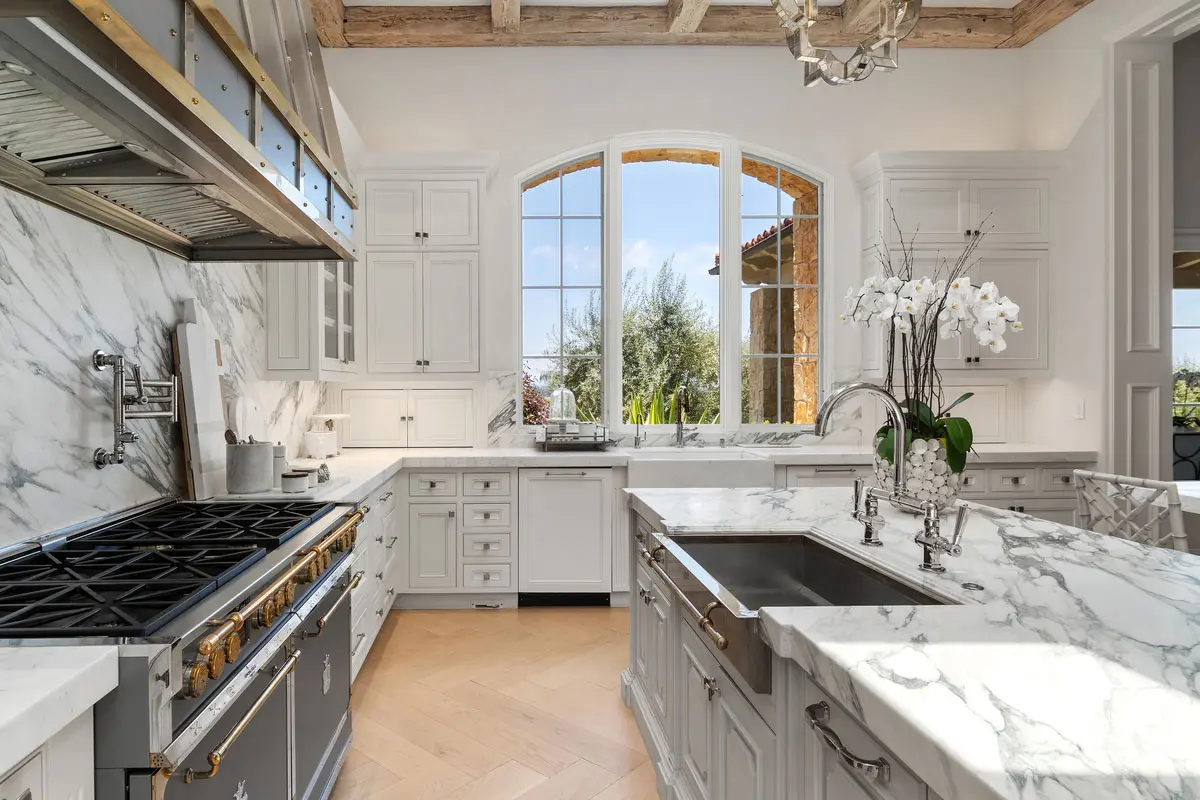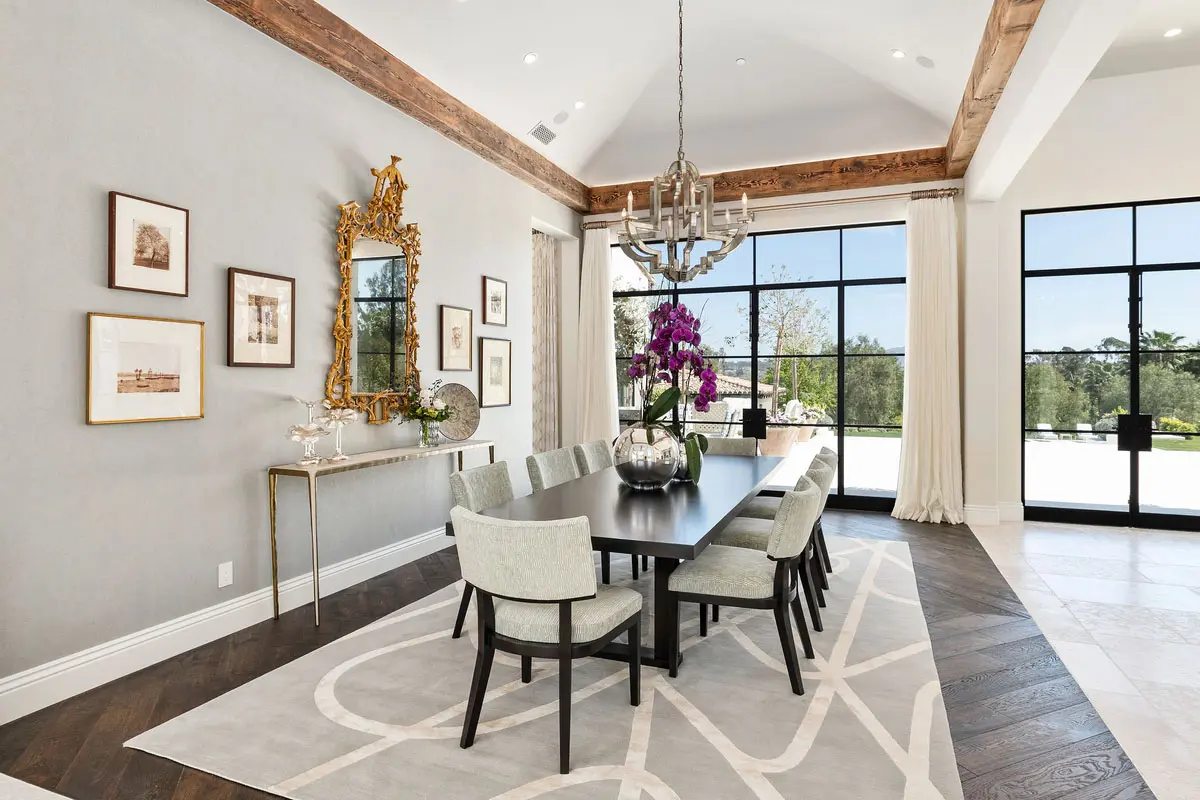Lighting plays a pivotal role in interior design. It has the ability to create different moods, highlight key features of a room, and transform the atmosphere from functional to captivating. When used thoughtfully, accent lighting combined with dimmer switches becomes a powerful tool for homeowners who want to enhance their spaces, bringing out their true potential. Whether you are preparing for a cozy night in or hosting a vibrant gathering, the right lighting can set the tone.
This article delves into how accent lighting, such as spotlights, under-cabinet lights, and adjustable dimmers, can change the mood of any room. We will explore how layering light sources strategically allows you to not only illuminate your space but to craft the perfect ambiance for any occasion.
The Role of Lighting in Interior Design: Mood Setting Through Light
Lighting is not just about making a room visible—it is a fundamental element of design. It’s a tool that can drastically impact the way a room feels. From bright and invigorating to soft and relaxing, light influences emotion, energy, and ambience in every space.
In interior design, lighting is often divided into three categories: ambient lighting, task lighting, and accent lighting. While ambient lighting provides overall illumination, accent lighting is used to highlight specific features, creating visual interest and depth. For instance, accent lighting can be used to illuminate artwork, sculptures, or architectural details such as moldings and columns.
When combined with dimmer switches, which allow you to adjust the intensity of the light, accent lighting becomes even more powerful, offering homeowners the ability to create specific moods or vibes throughout the day. Dimmer switches allow for versatility, making it easy to transition between bright, energizing light and softer, mood-setting tones depending on the time of day or occasion.
Accent Lighting: Adding Depth, Drama, and Focus
Accent lighting can transform a room, making it feel more dynamic and visually appealing. While ambient lighting sets the stage for a room’s basic functionality, accent lighting allows for the emphasis of key features, creating visual hierarchy within a space.
Types of Accent Lighting
There are many ways to incorporate accent lighting into a room. The most common types include:
- Track Lighting: Flexible and versatile, track lighting allows homeowners to direct light exactly where it’s needed. It can highlight specific areas, whether it’s a piece of artwork, a favorite piece of furniture, or a unique architectural feature like a wall niche.
- Spotlights: Spotlights offer focused, intense beams of light that can be used to draw attention to a feature or object in a room. They are ideal for displaying sculptures, art pieces, or plants.
- Under-Cabinet Lighting: Particularly effective in kitchens or bathrooms, under-cabinet lighting creates a soft glow that enhances countertops and provides subtle illumination, ideal for cooking or reading.
- Wall-Mounted Sconces: Wall sconces serve as both lighting and decor. Whether used to highlight a hallway or frame an entryway, sconces help add character and depth to a space.
The key to successful accent lighting lies in placement and proportion. Ensure that the intensity of the lighting is balanced—accent lights should not dominate a room but instead complement the overall ambiance. For example, under-cabinet lighting should never overwhelm the kitchen counters; it should create a soft, indirect glow.
Dimmer Switches: Flexibility to Create the Perfect Mood
Dimmer switches are often considered one of the most practical yet transformative upgrades you can make to your lighting system. With a dimmer switch, you have the ability to adjust the light intensity to match your desired mood or function. This can help create a more dynamic atmosphere, making it easier to switch from a bright, lively setting to a cozy, dimmed environment as needed.
How to Use Dimmer Switches for Maximum Effect
Dimmer switches work in harmony with all types of lighting. For example, in a living room, you can use a soft, warm light during the evening to encourage relaxation, then switch to brighter settings when entertaining guests. The ability to adjust lighting levels ensures that every situation is properly lit, from intimate dinners to movie nights.
In dining areas, dimming the lights during meals can create a romantic, intimate atmosphere. Similarly, in bathrooms, dimmer switches allow you to set the mood for a relaxing bath, providing soft lighting that enhances the spa-like ambiance. Dimmer switches also work well with pendant lighting or chandeliers, providing the perfect balance between form and function.
The versatility that dimmer switches offer means that you can craft an environment that adapts to different activities, time of day, and personal preference. With just a flick of a switch, you can transition from functional, task-oriented lighting to relaxing, soft illumination.
Layering Lighting: Creating Visual Interest and Balance
When designing a room, the key to achieving depth, balance, and atmosphere is in layering different types of lighting. Ambient, task, and accent lighting should work in harmony, each layer complementing the others.
The Importance of Lighting Layers
Think of lighting as a multi-layered design element, much like a piece of art. The layers work together to highlight different aspects of the room while providing functional light where it’s needed. Ambient lighting provides overall illumination, but it’s the accent and task lights that bring personality and interest to the room.
- Ambient Lighting: This is the primary source of illumination. Ceiling-mounted lights, recessed lighting, and floor lamps all provide ambient lighting, giving the room the general illumination it needs to be functional. It sets the tone but is not meant to stand out.
- Task Lighting: This is focused lighting used for specific activities like reading, cooking, or working. Desk lamps, vanity lights, and under-cabinet lighting are all examples of task lighting that illuminate functional areas. Task lighting helps ensure visibility for activities that require concentration and precision.
- Accent Lighting: Accent lighting, as discussed earlier, serves to add depth and highlight specific features in a room. It should be used in conjunction with ambient and task lighting to create visual balance.
When you layer your lighting effectively, you create a room that feels inviting, well-lit, and comfortable. The key is balance—make sure no layer overpowers another. For example, your task lighting should never be so bright that it detracts from the subtlety of your accent lighting, and your accent lighting should not be so dim that it disappears from view.
Lighting Fixtures and Design: Choosing the Right Pieces for Your Space
When selecting lighting fixtures for your home, it’s essential to consider how they align with your overall décor. While the lighting’s functionality is paramount, its design can have a profound impact on the visual aesthetics of the room. The right fixtures will complement the room’s overall style and help enhance the mood you’re trying to create.
Selecting Fixtures for Different Spaces
- Living Rooms: In the living room, opt for elegant chandeliers or pendants that make a statement. Layering table lamps and floor lamps with dimming capabilities adds flexibility and warmth. Lighting should be soft, inviting, and appropriate for both conversation and quiet relaxation.
- Dining Rooms: A statement chandelier or a set of pendant lights over the dining table sets the mood for meals. Pair these with soft accent lighting for the surrounding areas, creating a sophisticated and welcoming ambiance during dinner parties or casual meals.
- Kitchens: Kitchens need functional task lighting, but they also benefit from accent lighting that highlights the beauty of countertops, shelving, and cabinetry. Under-cabinet lighting combined with overhead pendants creates a clean and modern look while adding warmth and depth.
- Bathrooms: Bathrooms are great spaces for layering light with the use of vanity lighting, sconce lighting, and recessed lighting. Dimmer switches are essential in the bathroom, allowing for bright task lighting during daily grooming and softer lighting for a relaxing soak in the tub.
Statement Lighting: Making a Bold Statement
In certain areas of the home, lighting becomes more than just functional—it becomes a statement piece. Chandeliers, pendant lights, and other bold fixtures can act as visual focal points that define the character of the room.
Statement lighting draws attention and adds a personal touch to the space. In entryways, dining rooms, or living areas, a bold lighting fixture can set the tone for the entire room. Whether it’s a dramatic chandelier in a dining room or a unique pendant light in the kitchen, statement lighting serves as a conversation starter and reflects the homeowner’s personality and style.
Conclusion: Lighting Layers for Every Occasion
Layering your lighting and integrating accent lighting and dimmer switches into your design can completely transform the atmosphere of a room. The versatility offered by adjustable lighting allows you to tailor the lighting to fit any occasion, creating a dynamic environment that supports both function and style.
By thoughtfully incorporating various lighting layers into your home—ambient, task, and accent lighting—you can ensure that every space feels welcoming, functional, and elevated. Dimmer switches and accent lighting allow you to add drama, warmth, and personal flair, while also offering the flexibility to change the mood as needed.
At Kern & Co Designs, we specialize in creating lighting solutions that fit seamlessly into your home, elevating the design while enhancing both functionality and style. Let us help you craft the perfect lighting plan for your home—one that sets the ideal atmosphere for any moment and creates a space that’s both inviting and stylish.



